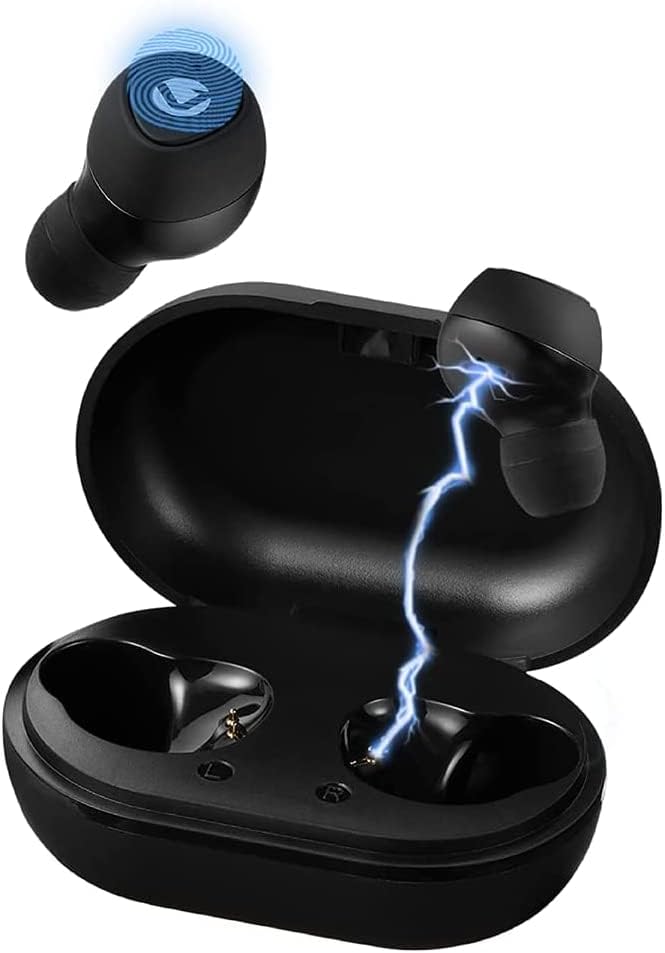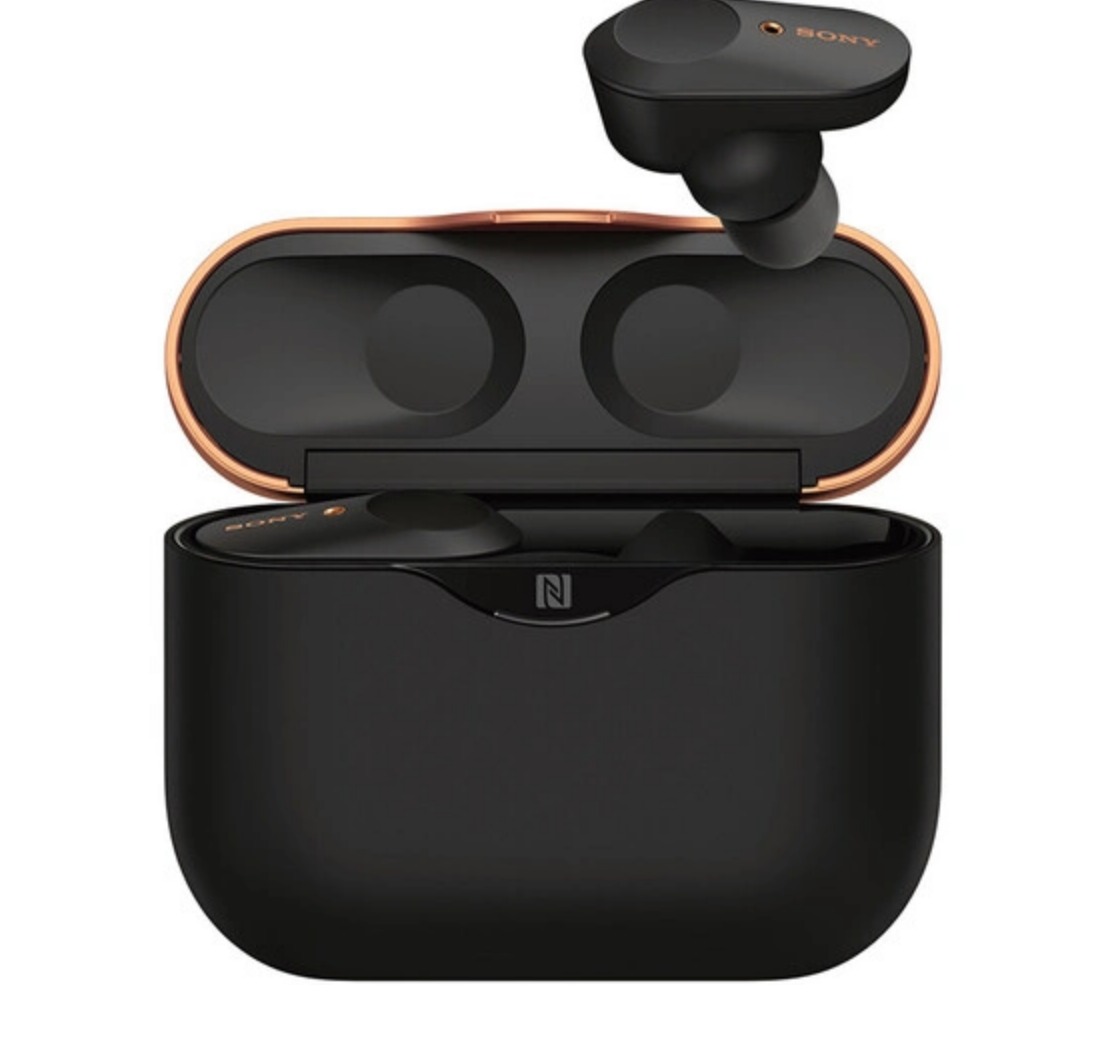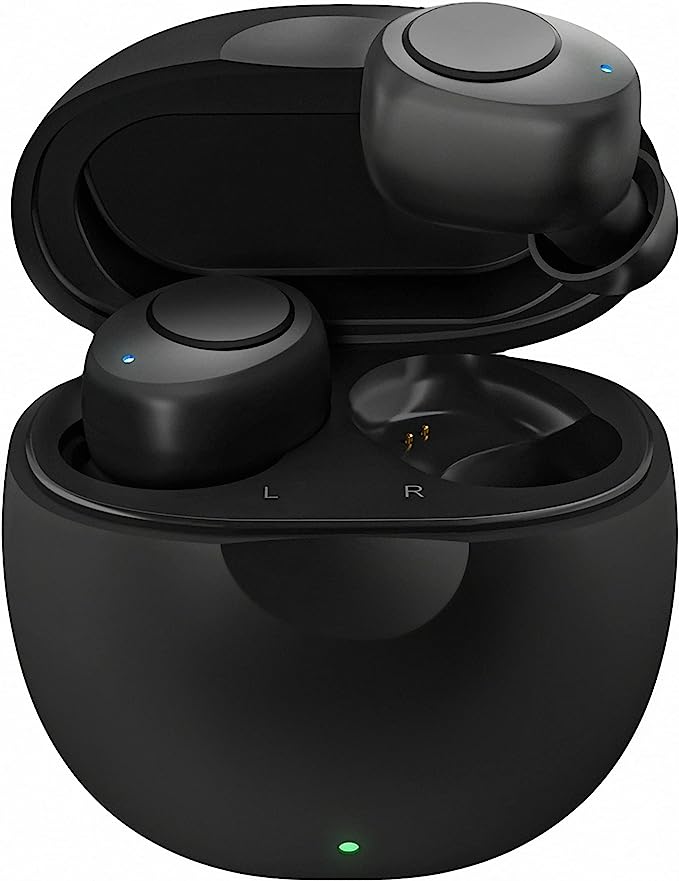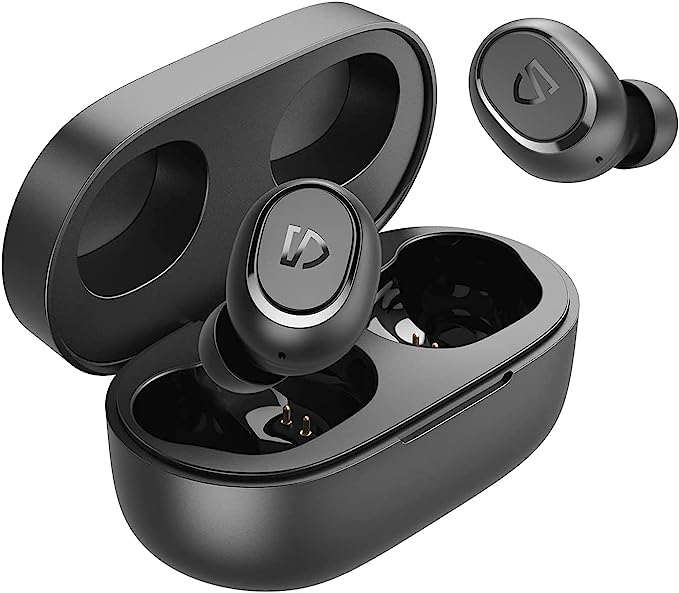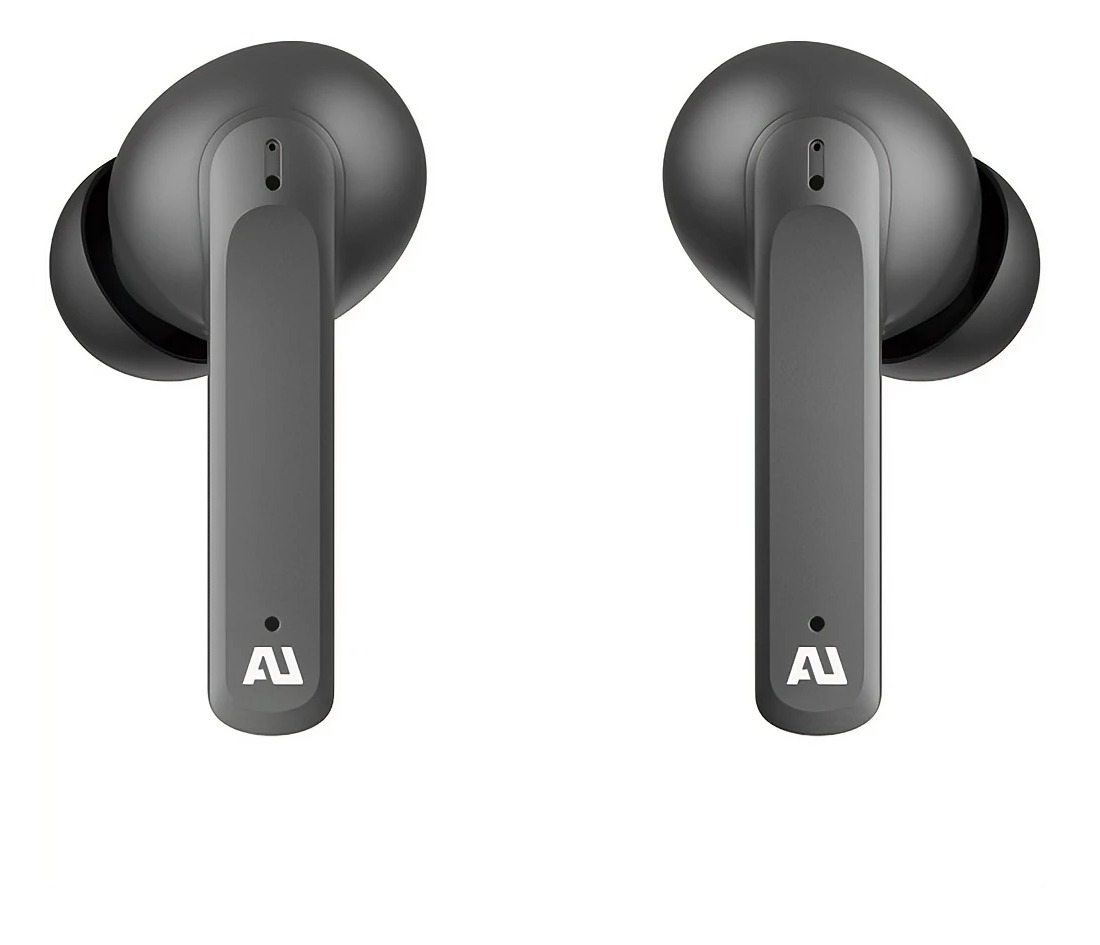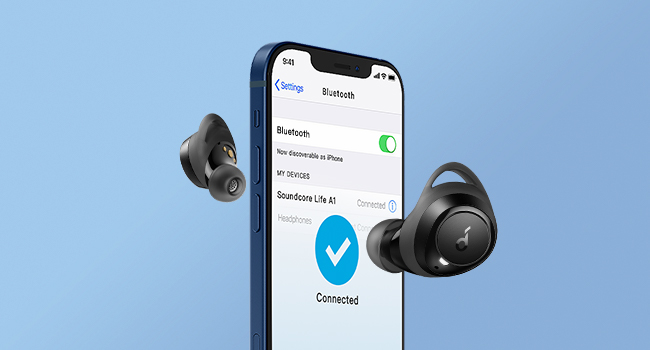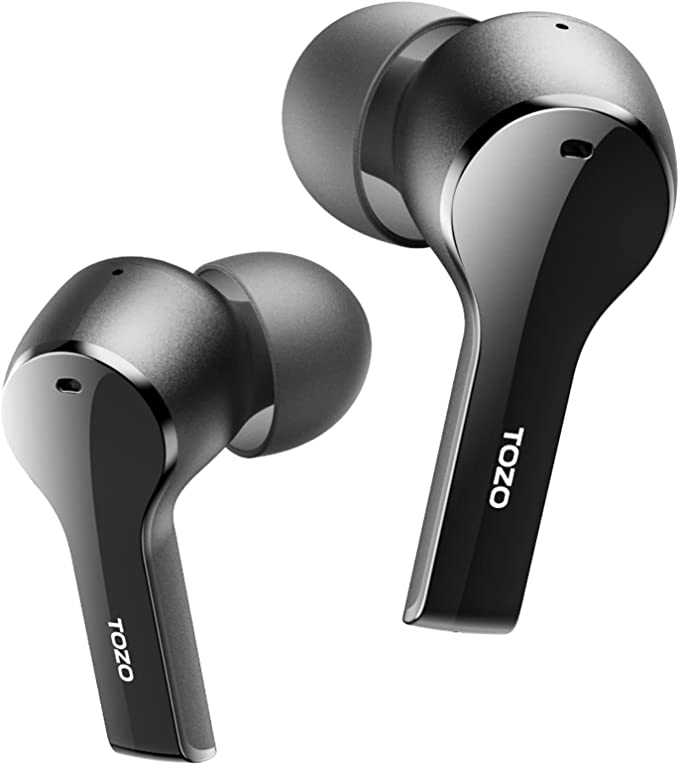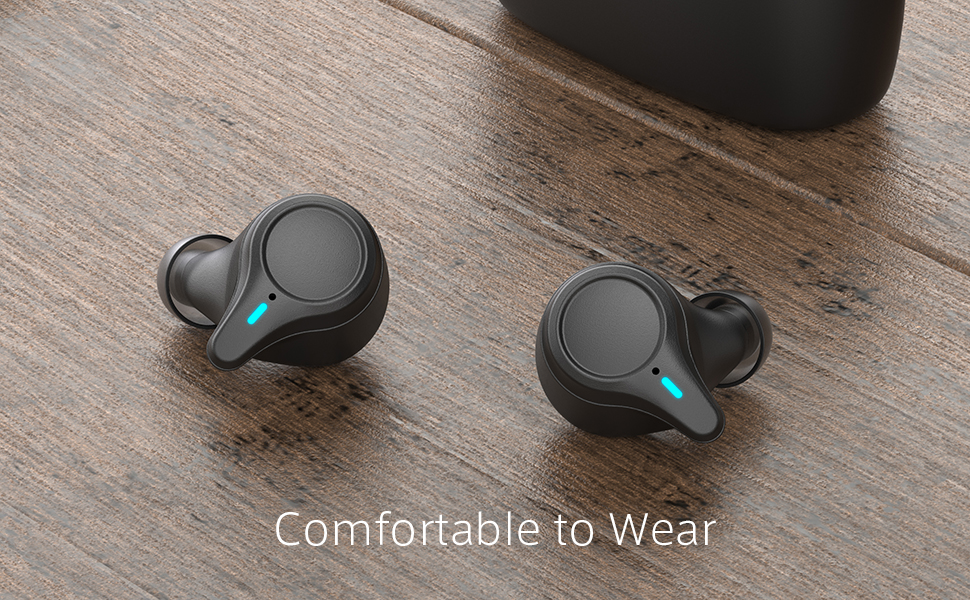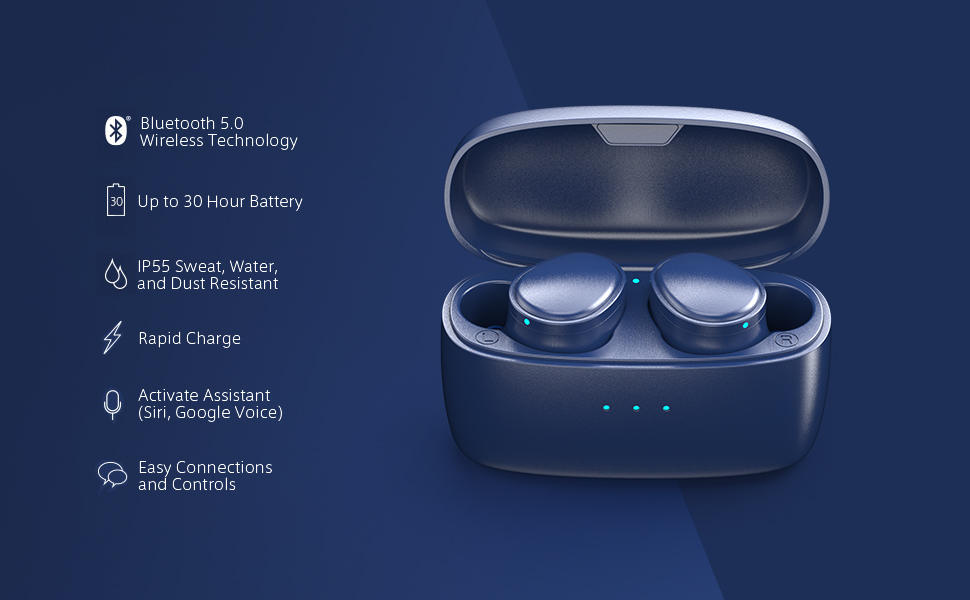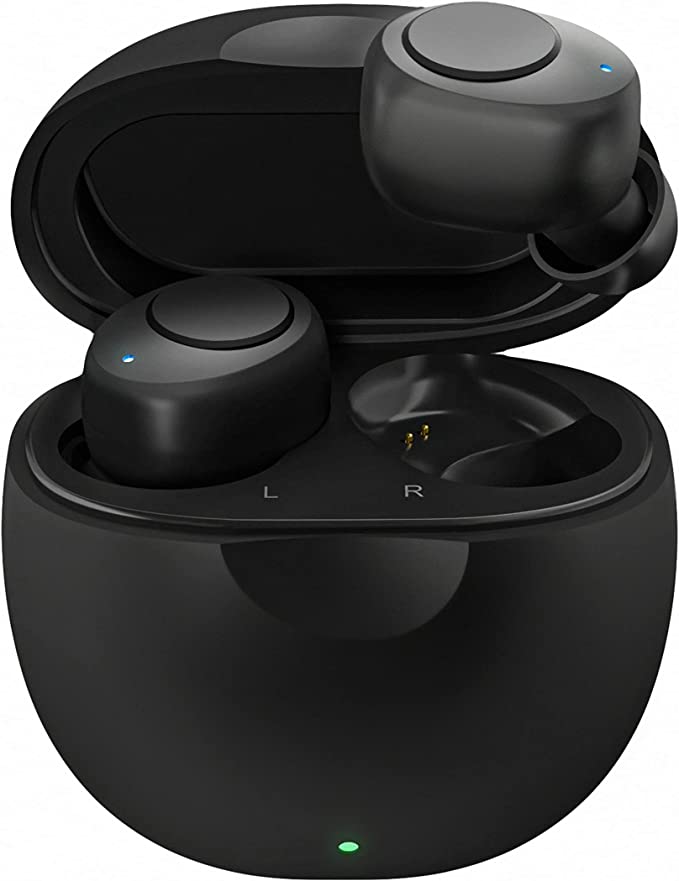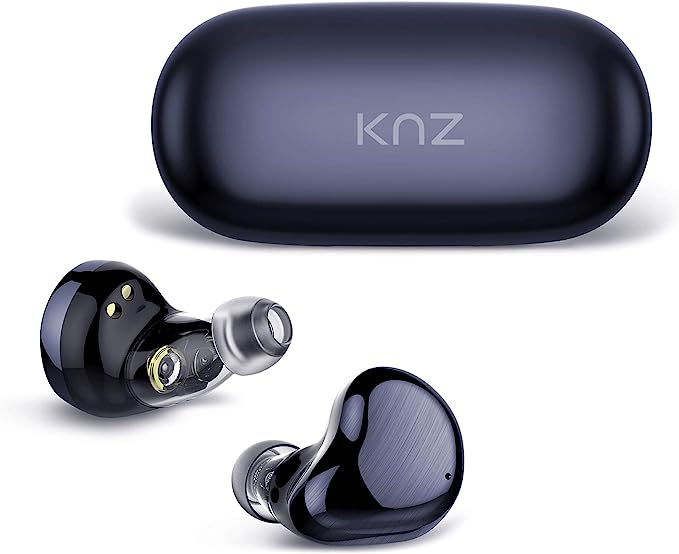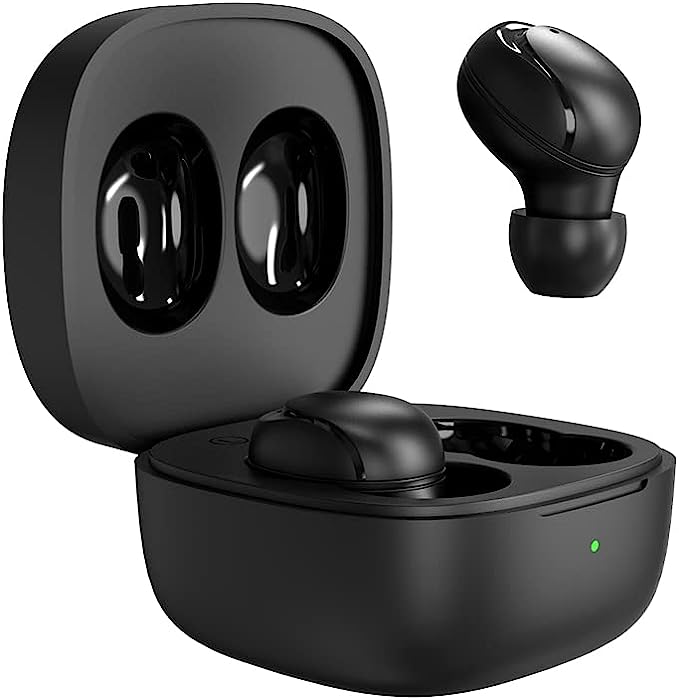Samsung Galaxy Buds+ R175N True Wireless Headphones: The Long-Lasting Noise-Cancelling Earbuds You've Been Waiting For**
Update on May 29, 2025, 2:56 p.m.
In the symphony of modern life, often punctuated by a cacophony of distractions, the quest for personal auditory space has become more pressing than ever. We crave an oasis of sound for focus, entertainment, and connection, yet dread the tether of wires or the anxiety of a dying battery. The rise of True Wireless Stereo (TWS) earbuds marked a revolution in personal audio, promising liberation. Among these, the Samsung Galaxy Buds+ (model SM-R175N) emerged as a noteworthy contender, aiming to deliver not just convenience, but a rich, reliable, and enduring sound experience.
But what truly orchestrates the performance kebijakan this compact marvel? Forget marketing speak; let’s embark on a journey as your audio guide, venturing deep into the heart of the Galaxy Buds+, exploring the fascinating science, meticulous engineering, and thoughtful design that empower your daily soundscape. This isn’t just about a pair of earbuds; it’s about understanding the technology that shapes how we hear, connect, and navigate our world.

The Unyielding Rhythm: Deconstructing the Science Behind 22 Hours of Sonic Freedom
For many, the Achilles’ heel of early true wireless earbuds was their fleeting battery life. The Galaxy Buds+ directly addressed this pain point, boasting up to 11 hours of playtime from the earbuds alone, with the sleek wireless charging case holding nearly another 11 hours – a formidable total of approximately 22 hours. Even more impressively, a quick 3-minute charge can provide around an hour of listening. This remarkable stamina isn’t magic; it’s a symphony of cutting-edge power technologies.
At its core lies the marvel of modern Lithium-Ion (Li-ion) battery chemistry. Over decades, scientists have pushed the boundaries of Li-ion technology, dramatically increasing energy density – the amount of energy stored in a given volume or weight. The tiny batteries nestled within each Bud+ earbud are a testament to this, packing substantial power into a minuscule footprint. This involves an intricate dance of lithium ions shuttling between electrodes (anode and cathode) through an electrolyte, a process refined for optimal charge/discharge cycles and longevity. The challenge is always to balance this energy capacity with safety, ensuring stable operation through countless recharges.
Complementing the battery chemistry is the efficiency of Bluetooth 5.0, specifically its Low Energy (BLE) protocol. While Bluetooth 5.0 offers broader improvements in range and data bandwidth compared to its predecessors, its BLE aspect is crucial for power-sensitive devices like earbuds. BLE is designed for short bursts of data transmission, allowing the earbuds to maintain a stable connection with your phone or other devices while consuming significantly less power than classic Bluetooth, especially during periods of lower data demand, like when music is paused or during standby.
The final piece of this power puzzle is a sophisticated Power Management Integrated Circuit (PMIC), essentially the brain of the earbuds’ energy system. This tiny chip, often part of the main System-on-Chip (SoC), acts like a highly intelligent traffic controller for electricity. It meticulously monitors power consumption across different components – the drivers, the microphones, the Bluetooth radio – and dynamically adjusts power delivery. It enables efficient charging, prevents overcharging, and implements power-saving states (like deep sleep when inactive) to squeeze every last drop of performance from those compact batteries. It’s this intelligent orchestration that allows you to immerse yourself in a podcast on a long commute, power through an intense workout playlist, or stay connected through a day of remote calls, all without the nagging worry of a premature power down. Imagine a globetrotter on a flight from New York to London; the Galaxy Buds+ could serenade them for the entire journey, with power to spare for the taxi ride into the city.
Crafting Your Auditory Bubble: The Science of Isolation and Awareness
Our auditory world is a constant negotiation between desired sounds and unwanted noise. The Galaxy Buds+ offer two distinct tools to manage this: excellent passive noise isolation and the intelligent Ambient Aware2 feature.
The primary defense against external clamor is passive noise isolation, a feat of ergonomic design and material science. The product description highlights their “perfect fitting” nature. This isn’t just about comfort; a snug fit is paramount for creating a physical seal between the earbud and your ear canal. Think of it as building a miniature soundproof room for your ears. The soft, pliable silicone ear tips (provided in multiple sizes to accommodate different ear shapes) conform to the unique contours of your ear canal, forming a barrier that physically blocks or dampens a significant portion of external sound waves, particularly in the mid to high-frequency range – the chatter in a busy café, the click-clack of keyboards in an open office, or the general hum of urban environments. The effectiveness of this isolation hinges on achieving that perfect seal, a principle well-understood in acoustics: the more complete the barrier, the better the attenuation of unwanted sound.
However, there are times when being completely cocooned from your surroundings is impractical or unsafe. This is where Ambient Aware2 steps in, offering a controlled way to let the outside world in without removing your earbuds. This technology leverages the external microphones already present on the earbuds. Instead of solely focusing on your voice during calls, these microphones can be tasked to pick up surrounding sounds – a car horn, a train announcement, a colleague addressing you. These captured ambient sounds are then intelligently processed (likely involving some filtering and amplification) and fed into your ears in real-time, blended with your music or podcast. The “Aware2” likely signifies an improved or multi-level version, often allowing users to adjust the intensity of this ambient sound passthrough via the companion Galaxy Wearable (Android) or Galaxy Buds+ (iOS) app. This feature is a delicate balancing act: the processing must be quick enough to avoid noticeable lag (which can be disorienting), and the sound reproduction natural enough to provide genuine situational awareness. It’s the science of “acoustic transparency” enabling you to order a coffee or hear your flight boarding call while your favorite playlist continues to be your personal soundtrack.
The product information also tantalizingly mentions the Galaxy Buds+ can “automatically tuning out unwanted noise¹,” though the details of footnote ¹ are not provided in the source. This phrasing suggests a more adaptive capability beyond simple on/off passthrough. While not explicitly claimed as full Active Noise Cancellation (ANC) – a technology that actively generates anti-noise waves to cancel specific frequencies – it could imply some form of smart algorithm that attempts to identify and reduce certain types of consistent, undesirable background sounds while in Ambient Aware mode or even during normal listening, perhaps by subtly adjusting the passthrough characteristics or applying a gentle noise reduction filter. This area of adaptive sound control is a growing field in audio processing.
The Art of Being Heard: Deconstructing the Three-Microphone System for Crystal-Clear Calls
In an era of constant communication, the ability of wireless earbuds to deliver clear voice calls is non-negotiable. The Galaxy Buds+ tackle this challenge with a sophisticated three-microphone system in each earbud: a dedicated internal microphone and two external microphones. This isn’t just about adding more mics; it’s about how they work in concert, guided by advanced digital signal processing (DSP).
The two external microphones form an array, a common technique in audio engineering to improve sound capture in noisy environments. One microphone might be positioned to optimally capture your voice, while the other (or both in different phases) helps to sample the ambient noise surrounding you. By comparing the signals received by these spatially separated microphones, the internal DSP can begin to differentiate your speech from the cacophony. This often involves principles of beamforming, where the microphone array can be electronically “steered” to create a focused listening cone towards your mouth, effectively attenuating sounds arriving from other directions. Furthermore, sophisticated noise suppression algorithms analyze the characteristics of the ambient noise (Is it steady, like engine hum? Or sporadic, like street sounds?) and attempt to subtract it from the overall signal.
The dedicated internal microphone adds another layer of intelligence. This microphone is positioned to pick up your voice more directly, either through vibrations conducted through the bones of your jaw (bone conduction) as you speak, or by capturing the sound of your voice as it resonates within your ear canal. This internal signal is often less contaminated by external noise than the signals from the outward-facing microphones, especially in very windy conditions or extremely loud environments. The DSP then cleverly combines the information from all three microphones. It might use the internal mic’s signal as a clean reference for your voice, helping the external mic system to more accurately isolate speech and filter out noise. The result, as Samsung describes, is your voice coming through “richly and confidently, even in noisy locations.” It’s a miniature acoustic battleground where your voice, aided by technology, emerges victorious over the noise.
The AKG Touch: Unveiling the Sonic Architecture of Dual Dynamic Drivers
For many audiophiles and music lovers, the “Sound by AKG” branding on Samsung audio products is a mark of quality. With the Galaxy Buds+, this promise is delivered through a crucial piece of acoustic hardware: a two-way dynamic speaker system in each earbud, comprising a dedicated woofer and a separate tweeter. This is a significant departure from many simpler earbuds that rely on a single full-range driver to reproduce the entire spectrum of sound.
Why the need for two drivers? The laws of physics dictate that it’s incredibly challenging for a single, small speaker driver to accurately and efficiently reproduce both the deep rumbles of a bass guitar and the delicate shimmer of a cymbal.
- A woofer is a driver specifically designed to handle low-frequency sounds (bass and lower midrange). It typically has a larger diaphragm (the vibrating surface that creates sound waves) and is engineered to move more air, necessary for producing those impactful, rich bass notes without sounding muddy or strained.
- A tweeter, conversely, is optimized for high-frequency sounds (treble and upper midrange). Its diaphragm is usually smaller and lighter, allowing it to vibrate much faster and more precisely, reproducing crisp highs, clear vocals, and the subtle details that bring music to life.
In the Galaxy Buds+, these two specialized drivers work in tandem. An internal (and unseen) crossover circuit acts like a traffic cop for the audio signal. It splits the incoming electrical audio signal into different frequency bands, sending the low frequencies to the woofer and the high frequencies to the tweeter. This division of labor means each driver operates within its optimal range, leading to:
- Enhanced Clarity: Less intermodulation distortion, as neither driver is struggling to reproduce frequencies it’s not designed for.
- Wider Dynamic Range: The ability to handle both very quiet and very loud passages with greater fidelity.
- More Balanced Sound: A fuller, richer sound profile where bass, mids, and treble are more distinct and harmoniously presented.
The “Sound by AKG” aspect goes beyond just using quality components. AKG, an Austrian company with a storied history in producing professional studio microphones and headphones (now part of Harman, a Samsung subsidiary), brings its extensive acoustic engineering expertise to the tuning of these earbuds. Tuning is both an art and a science. It involves meticulously adjusting the frequency response of the drivers and the acoustic properties of the earbud enclosure to achieve a specific sound signature – perhaps one that is neutral and accurate, or one that is slightly warmer and more engaging for popular music. AKG’s engineers would have spent countless hours measuring, listening, and refining to ensure the woofer and tweeter blend seamlessly, delivering that “superb dynamic range and exceptional sound accuracy.” This commitment means you’re not just hearing notes; you’re experiencing the texture of the bass, the breath of the vocalist, and the sparkle of the high-hats, closer to how the artist intended.
This is further complemented by the choice of audio codecs supported. While the base SBC codec is mandatory for all Bluetooth audio, the Galaxy Buds+ also support AAC (favored by Apple devices for good quality at moderate bitrates) and, crucially when paired with compatible Samsung Galaxy devices, the Samsung Scalable Codec. This proprietary codec is adaptive; it continuously analyzes the stability of your Bluetooth connection and adjusts the audio bitrate accordingly, aiming to provide the highest possible audio quality when the connection is strong, and seamlessly reducing it to prevent stuttering or dropouts if interference occurs. It’s another layer of intelligent engineering working to preserve that AKG-tuned sound.
Seamless Integration: The Unseen Science of Wireless Convenience
Beyond the core auditory experience, the Galaxy Buds+ are engineered for effortless integration into your digital life. The charging case itself embraces the convenience of Qi wireless charging. This now-ubiquitous standard relies on the principle of electromagnetic induction. Coils in the charging pad create an oscillating magnetic field, which in turn induces an electrical current in a corresponding coil within the Buds+ case, replenishing its battery without the fuss of cables. It’s a small touch, but one that streamlines the daily ritual of keeping your devices powered.
The backbone of their wireless prowess, as mentioned earlier, is Bluetooth 5.0. Compared to older iterations like Bluetooth 4.x, version 5.0 brought significant enhancements:
- Increased Range: While walls and obstacles always play a role, Bluetooth 5.0 theoretically offers up to four times the range of its predecessor, giving you more freedom to roam from your paired device.
- Faster Speed: It can transmit data at up to twice the speed, which, while less critical for standard audio streaming (which doesn’t require massive bandwidth), contributes to quicker pairing and more responsive control signals.
- Improved Connection Stability: Enhanced capabilities to navigate crowded radio frequency environments mean fewer dropouts and a more consistent listening experience, especially in busy public spaces.
Compatibility is ensured across both Android and iOS ecosystems via dedicated apps: the Galaxy Wearable app on Android and the Galaxy Buds+ app on iOS. These applications are more than just pairing utilities; they unlock a deeper level of customization. Users can typically adjust equalizer settings, customize touch controls, manage Ambient Aware levels, and, importantly, receive firmware updates. These updates are crucial, as they allow Samsung to refine performance, introduce new features, or patch bugs over the lifespan of the earbuds, ensuring the technology within continues to evolve even after purchase.
Finally, the ergonomic design itself is a product of science. Crafting an earbud that is comfortable for extended wear across a diverse range of ear shapes and sizes involves a deep understanding of human anatomy (specifically, the concha, tragus, and ear canal) and the principles of biomechanics. Engineers likely utilize vast databases of 3D ear scans and employ sophisticated modeling to create a form factor that distributes pressure evenly, remains secure during movement, and minimizes fatigue. The lightweight construction (each Bud+ earbud is remarkably light, around 6.3 grams) further contributes to this “barely there” feel, crucial for all-day wear.
A Note for North American Buyers: The “International Version” Caveat
It is essential for prospective buyers in North America to be aware that the specific model detailed in the provided information (SM-R175NZKATUR) is designated as an “International Version - No Warranty in US.” This is a critical piece of information. It typically means that if you purchase this version and encounter an issue requiring warranty service, Samsung’s official service channels within the United States may not honor the warranty. Support or claims would likely need to be directed through the original international seller or be subject to the warranty terms (if any) applicable to that specific international region. This doesn’t inherently speak to the quality of the product itself, but it is a significant factor regarding after-sales support that must be considered carefully before making a purchase.
The Final Note: Where Science Meets Sound, Enhancing Everyday Life
The Samsung Galaxy Buds+ R175N, when viewed through the lens of science and engineering, are far more than a mere accessory. They represent a convergence of advancements in battery chemistry, wireless communication protocols, acoustic design, microphone technology, and sophisticated software. Each feature, from the marathon 22-hour battery life to the clarity of a three-microphone call system, from the isolating fit to the immersive sound sculpted by AKG’s dual drivers, is a solution born from addressing real-world user needs with applied scientific principles.
Understanding the intricate technologies packed into such a diminutive form factor not only deepens our appreciation for the device itself but also for the broader landscape of personal audio innovation. It’s a reminder that behind every seamless experience lies a complex tapestry of research, design, and meticulous engineering. The Galaxy Buds+ are an invitation to not just listen to your world, but to understand a little more about the science that shapes how you hear it, connecting you more clearly, for longer, and with a richer appreciation for the sounds that fill your life. Technology, at its best, doesn’t just function; it resonates.

